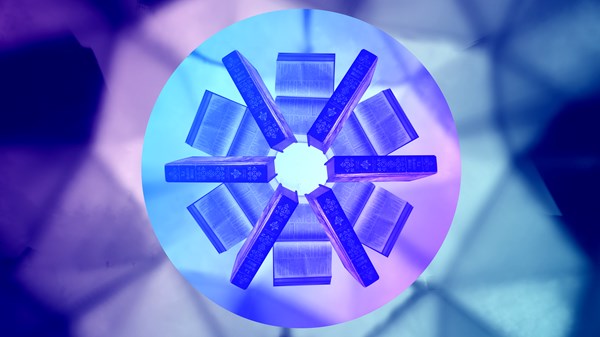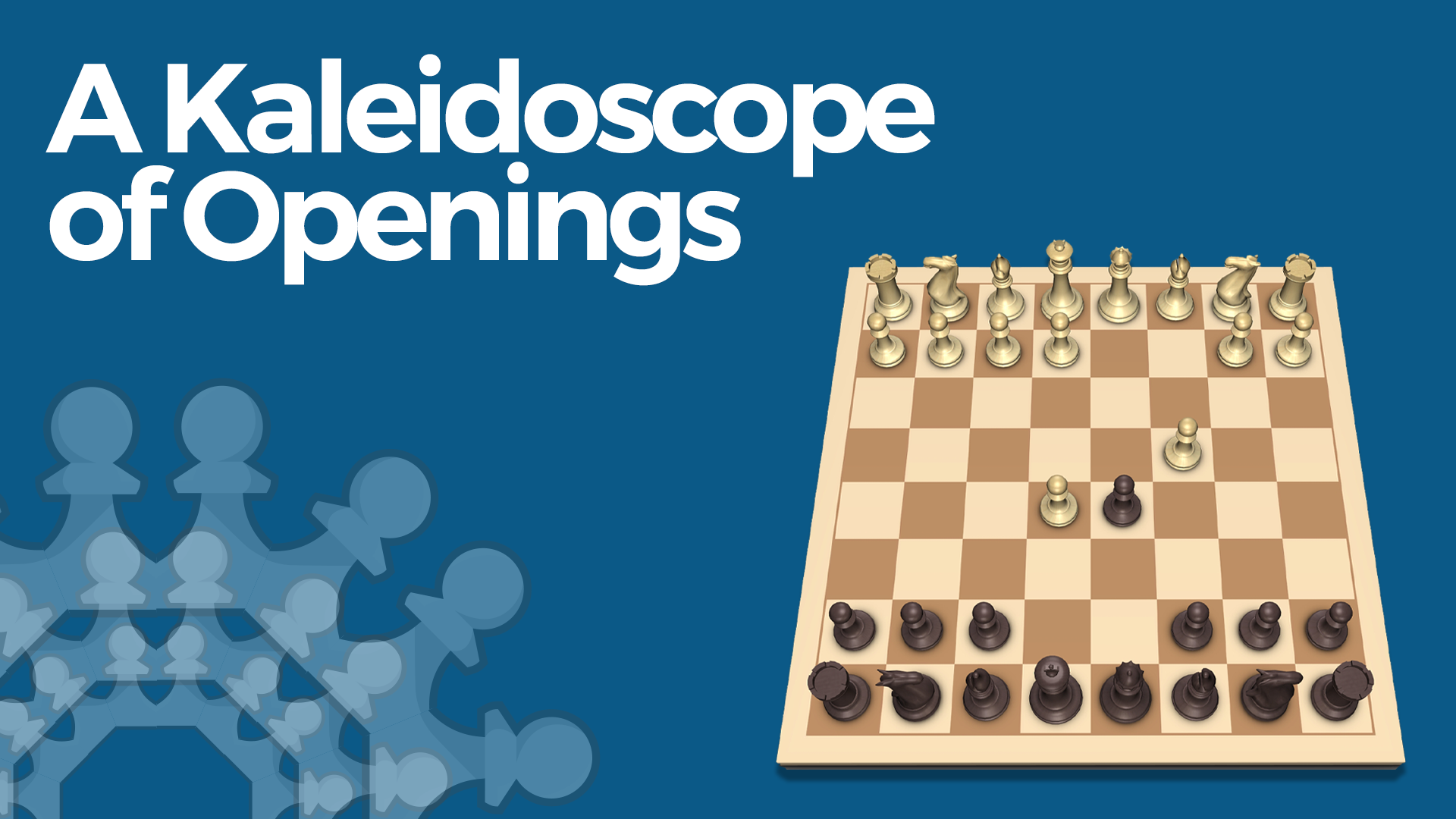- >Education
- >For Educators
- >Grades 9-12
- >Featured Materials
- Send
A kaleidoscope (/ k ə ˈ l aɪ d ə s k oʊ p /) is an optical instrument with two or more reflecting surfaces tilted to each other at an angle, so that one or more (parts of) objects on one end of the mirrors are seen as a regular symmetrical pattern when viewed from the other end, due to repeated reflection. For each kaleidoscope, remove the protective film from the faces of three mirrors. Gather the mirrors in your hands, long edges together. Gently and carefully fold the mirrors into a triangle, shiny sides in. Line up the corners to form an equilateral triangle.
So kaleidoscope roughly translates to beautiful form watcher. Brewster's kaleidoscope was a tube containing loose pieces of colored glass and other pretty objects, reflected by mirrors or glass lenses set at angles, that created patterns when viewed through the end of the tube. KALEIDOSCOPE FOR KIDS Since we didn’t have a prism or mirrors for our kaleidoscope, our science lesson was pretty basic. We discussed the reflection of light. When the light comes in, it bounces off the shimmery paper and is reflected back out in the direction it came in.
Educator Features
Text Size
The student will experiment with multiple reflections in mirrors.
 Science and Mathematics Standards
Science and Mathematics StandardsScience Standards
A Kaleidoscope


Mathematics Standards

Theory
When three rectangular mirrors that are the same size are arranged in an equilateral triangle, rays of light from an object form multiple images due to reflections from the mirrors. The equilateral triangle formed by the mirrors has three equalangles of 60 degrees, and the sides have equal lengths.
Materials
- 3 flat rectangular mirrors of equal size
- rubber bands
- Transparent tape
- small items to put in the kaleidoscope (glitter, confetti, ect.)
- a piece of white cardboard
- resealable bag
- 1. Place the three mirrors together as shown, using the long side of each mirror. Put a few pieces of tape on the backs of the mirrors to hold them together.
2. Put two of the rubber bands around them to hold them securely together.
3. Use this simple kaleidoscope to do the following activities.
A. Hold the kaleidoscope in your hand and look through it at objects around the room.
B. Hold the kaleidoscope above the white cardboard and look down inside it. Put some object such as a coin, or the small pieces of colored paper in the resealable bag (keep them in the bag) on the white cardboard inside the kaleidoscope. Observe the images reflected in the mirrors.
- 1. How many images did you see?
2. Did the images appear to be the same size as the object?
3. How were the objects oriented with respect to the reflected images?
How To Make A Kaleidoscope
Optics: Light, Color and Their Uses Guide+ View guide
A Kaleidoscope Of Crystals
How Does A Kaleidoscope Work
Excerpt from the Optics: Light, Color and Their Uses Guide